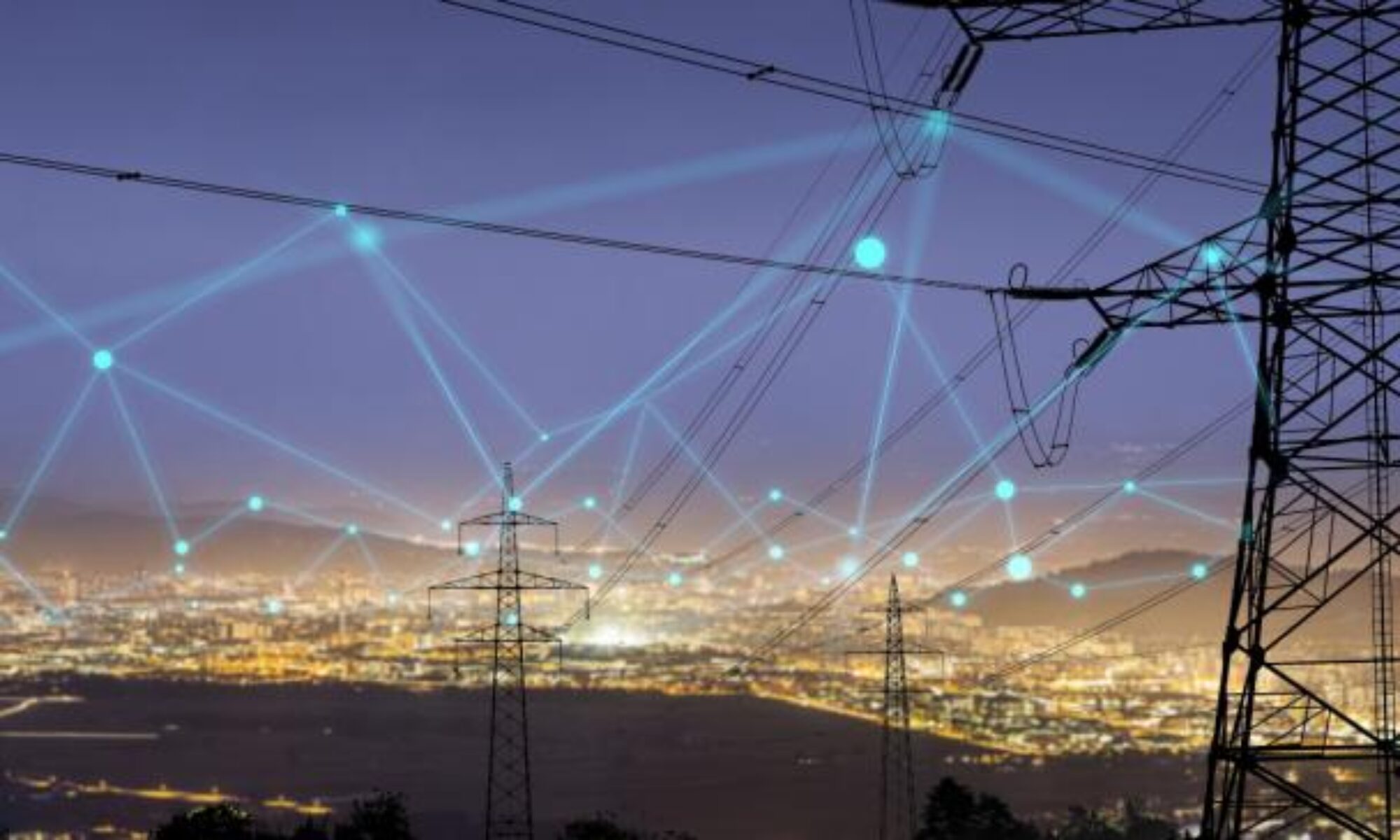I sponsored a bill that creates a Department of Energy Resources for Maine, LD 1270, which was signed into law on July 1. The following is my floor speech urging its enactment.
Mr. Speaker, Members of the House:
I support LD 1270, “An Act to Establish the Department of Energy Resources,” as amended. This bill restructures how Maine develops, promulgates, and implements energy policy. It mirrors language in the Governor’s budget proposal and establishes a cabinet-level Department of Energy Resources by transferring and enhancing the responsibilities currently held by the Governor’s Energy Office into this new Department.
At its core, this bill concerns applying sound management principles to the State of Maine’s approach to energy policy.
Now, we all understand that government and business have different objectives. Corporations measure success by profit and return on investment. Governments, by contrast, are responsible for public outcomes—things like affordability, reliability, and environmental responsibility. But while the goals may differ, the fundamentals of good management—clear accountability, coordinated action, and structured decision-making—are essential to both.
Mr. Speaker – That’s what LD 1270 is all about.
LD 1270 responds to a real organizational challenge. Over the years, we’ve created energy initiatives through multiple pieces of legislation, each assigning responsibility to different agencies. The result is a patchwork of programs—well-intentioned but fragmented. Our energy policy is a sum of many parts, without a clear home or structure to ensure it all works together. This bill would fix that by creating a durable, cabinet-level department with comprehensive oversight, allowing for more coherent planning, clearer lines of accountability, and better alignment of state efforts with regional and federal initiatives.
Like any well-run organization, the Department will operate with a clear plan. The State Energy Plan will serve as the guidepost for everything from electricity procurement to clean energy development and workforce planning. A significant responsibility of the Department is to keep this plan updated and ensure its implementation, incorporating public input and coordinating with entities like the Efficiency Maine Trust and the Department of Environmental Protection. This plan provides the context and direction for all aspects of energy initiatives – grid planning, procurement of clean energy supplies, and management of electricity demand.
Establishing the Department gives us a better-equipped structure to evaluate emerging technologies, respond to market changes, and deliver on policy goals with greater clarity and consistency. It strengthens the link between planning and execution while keeping regulatory oversight in place.
The legislation lays out a transparent framework for how the Department will conduct competitive solicitations, guided by the State Energy Plan, to ensure adequate energy supply while controlling energy costs and building Maine’s energy economy. This procurement framework includes clear criteria for bidder eligibility, a defined process for evaluating proposals, requirements for public input, and coordination with the Office of the Public Advocate. These are not symbolic gestures—they are functional requirements designed to ensure that ratepayer benefit, not speculation or preference, underlies procurement decisions.
The bill also carefully maintains a strong role for the Public Utilities Commission. The Department will conduct solicitations for energy resources, but the Commission must ultimately approve those contracts. This separation of responsibilities is essential. It ensures that energy procurement remains grounded in a regulatory process that puts ratepayer value first. The Department can identify opportunities; the Commission must confirm that those opportunities are in the public interest.
In addition, the bill outlines workforce and equity standards that apply to selected projects. It maximizes employment opportunities for Maine residents, including those from disadvantaged communities. These standards are realistic, not aspirational. They reflect existing practices in state-funded infrastructure and align our energy investments with broader economic goals.
This bill is not about creating something new for its own sake. It is about organizing what we already do more effectively so that policy goals are implemented through a clear, coordinated, and accountable structure. This bill is merely the application of basic organizational management principles.
For those reasons, I respectfully urge you to vote “ought to pass as amended.”
Thank you.
